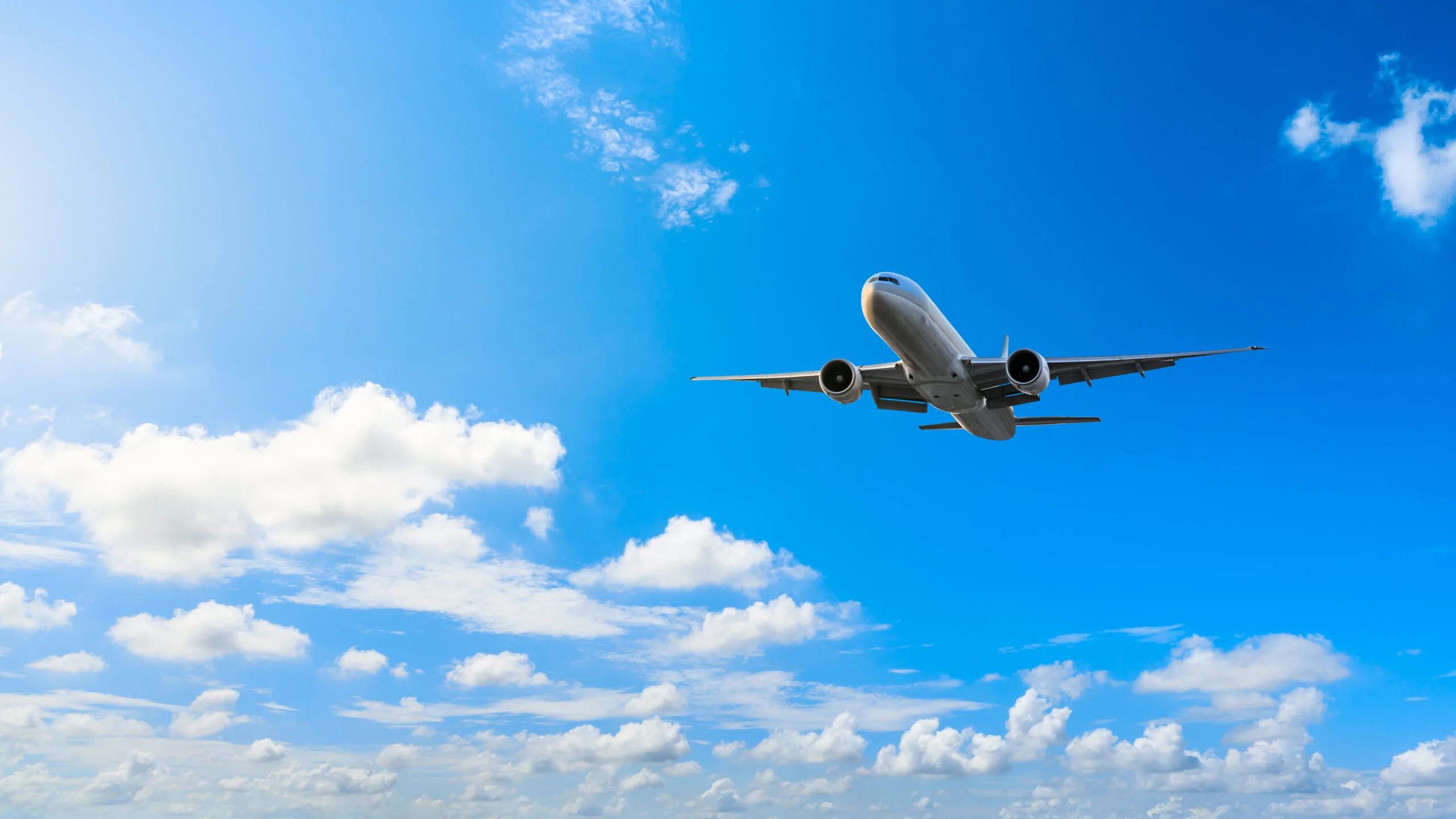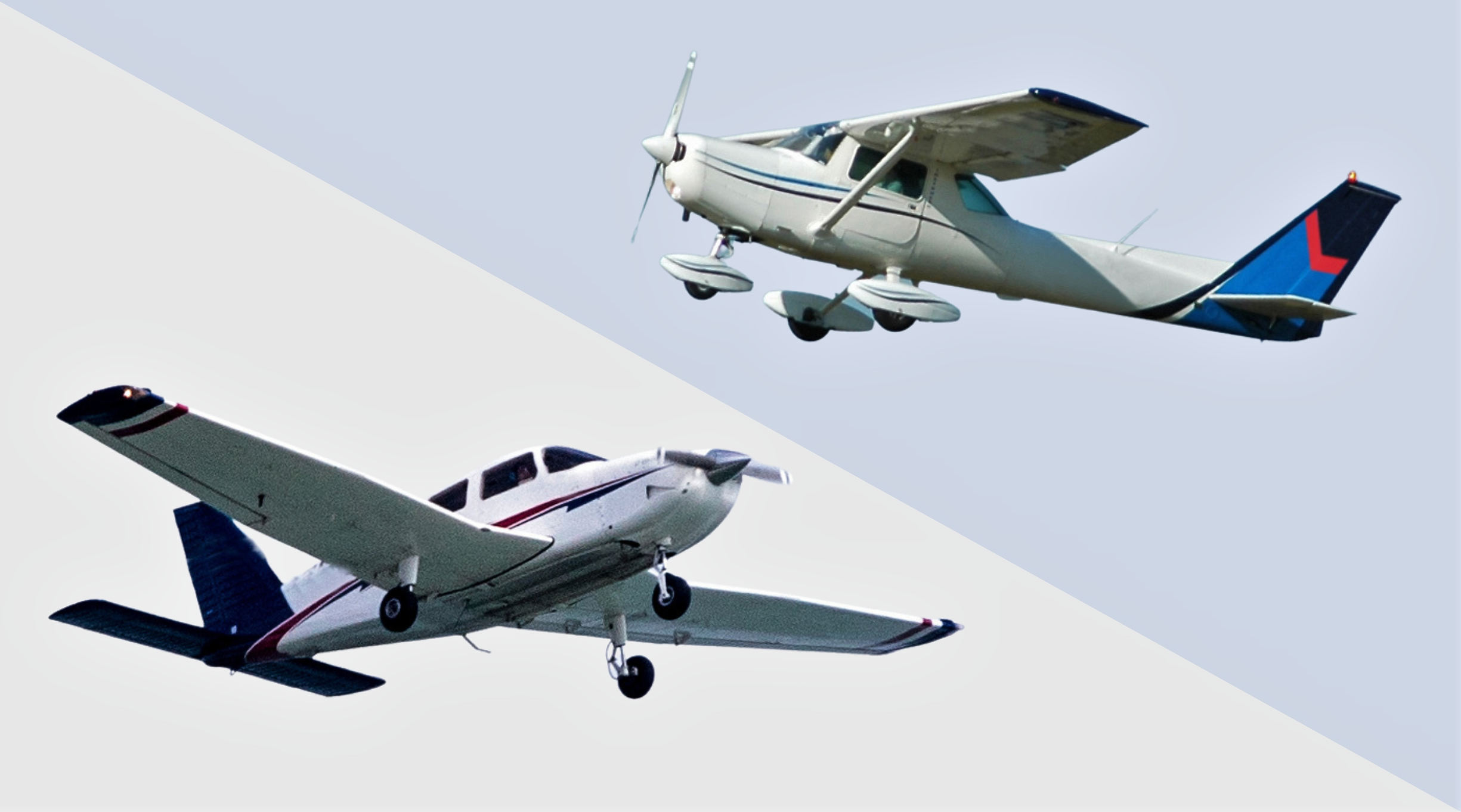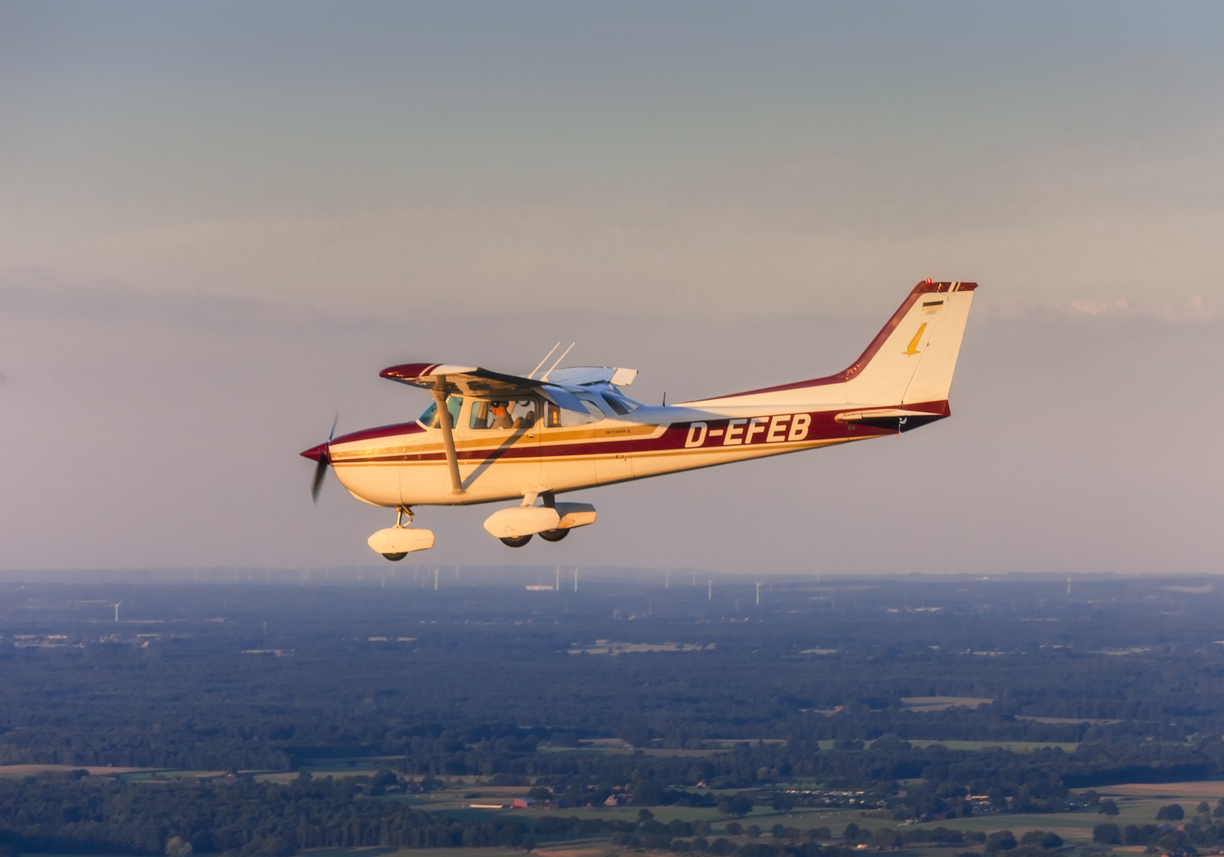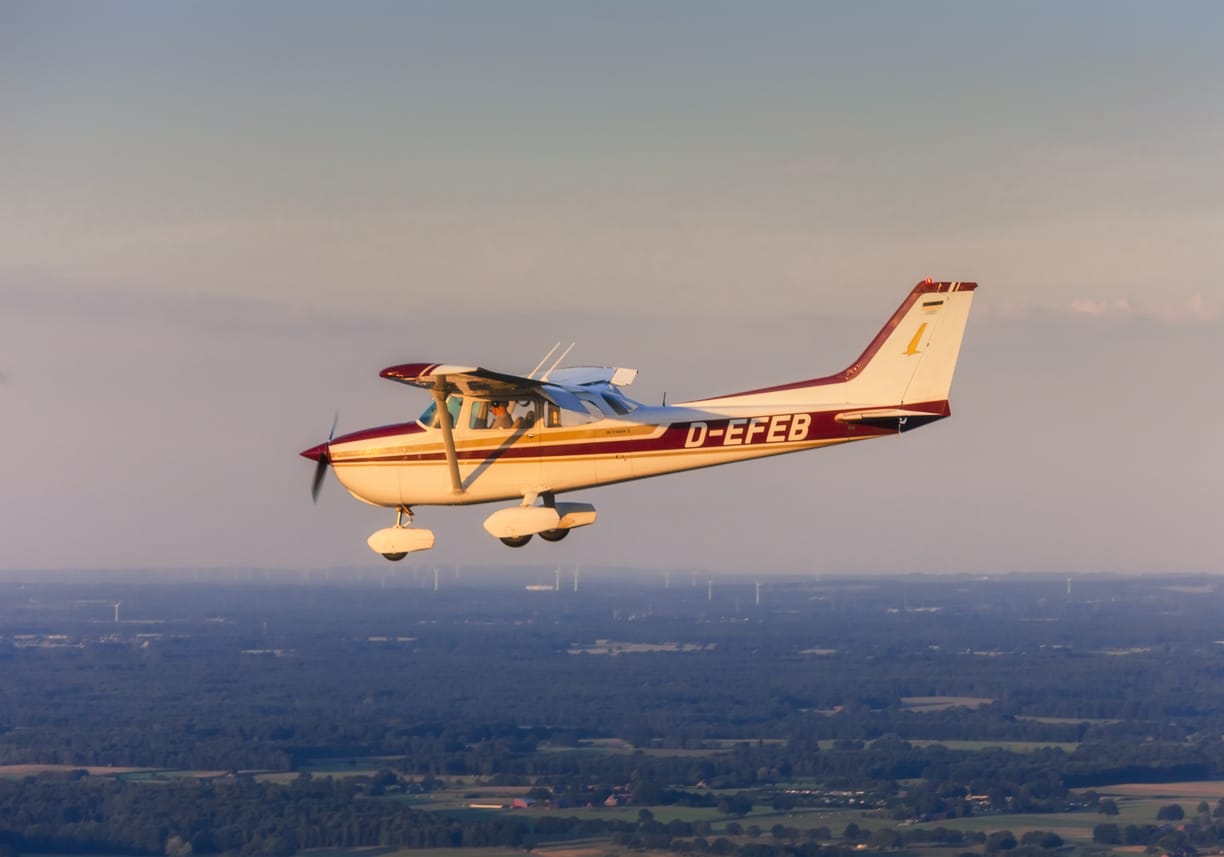As an aviation student, you will learn a lot about the significant role that altitude plays in flying an aircraft. There are, after all, different altitudes and different reasons why you would choose to fly within each one.
The FAA and ATC officials plan carefully to make sure that every aircraft takes off, lands, and gets to where they are going without issue. Since there are thousands of flights in the sky at any given moment, there must be a strategy behind this.
Simply put, it matters where planes fly— and commercial flights are no exception.
What is Altitude?
In a very general sense, altitude refers to how high above sea or ground level an object is. In this case, an airplane.
Commercial planes need to reach a certain height known as a cruising altitude. This is their goal from the moment they take off and where they will spend most of their journey from one destination to the next.
Factors that Determine Altitude
There are certain factors that determine how high a plane will fly. These primarily include:
-
The type of the aircraft
-
The distance the aircraft is traveling
-
The type of engine the aircraft has
-
The weight of the aircraft
-
The current strength of the winds
It is important to note that commercial flights often fly within the same altitude due to these factors, not simply because they are commercial flights. Smaller aircraft bearing the airliner name may find themselves required to fly at a different altitude due to the same factors listed above.
How High Do Commercial Planes Fly?
Flying at high altitudes high above the clouds gives airplanes the ability to fly at faster speeds because the air is thinner with less resistance.
As they take off, they work to get to their cruising altitude as fast as they can. Once there, they no longer have to worry about threats, such as birds or bad storms. Rather, they can just cruise with ease so that passengers can enjoy the flight.
Just How High do Commercial Planes fly?
On average, you will find most commercial airliners flying anywhere from about 31,000 feet to 42,000 feet. That is equivalent to 5.9 to 7.2 miles in the air.
Smaller aircraft, whether commercially operated or not, will fly at lower altitudes, often below 15,000 feet. The reason for this is usually due to the type of engine they have which makes them unable to reach the same heights.
Benefits of Flying at High Altitudes
Having a commercial airliner flying at high altitudes can come with quite a few benefits, including:
Greater Fuel Efficiency
Because the air is thinner when you reach high altitudes in the sky, you have less drag, resulting in less wasted fuel.
Turbulence
Again, because you are flying above the weather, turbulence is not too big of an issue. Every now and then something may be encountered, but not too often.
In Case of Emergency
While it is not always something everyone wants to think about, should an emergency issue arise, having time is a huge advantage. Being at such a high altitude allows pilots a chance to try to figure out a safe alternative to get the plane on the ground.
Collision Avoidance
Face it — with so many other aircraft in the sky, avoiding a collision or other hazards is crucial for everyone’s safety. Commercial aircraft fly high to avoid drones, birds, helicopters, private jets, and so on. Those who are headed in any easterly direction will fly at an odd altitude whereas all of those traveling westerly will fly at even altitudes. All of this is done to keep some sort of proper flow of air traffic.
What Happens if a Plane Flies Too High?
If flying high makes for a smooth commercial flight, is it possible for a plane to fly too high? The answer is yes—- it is absolutely possible to fly too high. Doing so can be downright dangerous.
When asked how high do commercial planes fly, we mentioned that commercial airliners like to reach high altitudes for cruising because the air is thinner which helps increase travel speed. Because the higher you go, the thinner the air, going too high can make it tough to keep the plane in the air. Why? There will not be enough lift to do so.
Above 25,000 feet or so, air pressure begins to drop. Many pilots monitor these on their altimeters. Thankfully, commercial airliners have pressurized cabins to protect against this. As long as the pressurization continues to work, everything will be alright. However, smaller jets don’t always come with the same capabilities. Flying too high without a pressurized cabin can lead to hypoxia, a medical emergency in which the body’s tissues are not receiving enough oxygen.
Why Do Planes Fly at Certain Altitudes?
Who decides what planes are going to fly at what altitudes? How high do commercial planes fly— and who tells them what that number should be?
Pilots may be in physical control of the plane, but it is the air traffic control dispatchers that ultimately have the say on all the details, including the altitude. For instance, they are the ones who make the call on the route that is going to be taken to reach the destination and the altitude that the plane is going to fly.
Every detail is taken into consideration as part of a strategic plan that is made around all of the other aircraft in the sky. Pilots then take their lead.
Interested in Working with Commercial Planes?
If you are interested in the field of aviation and have always wanted to work with commercial airplanes, your future destination may be found at California Aeronautical University.
We have many different aviation programs available, whether you are interested in piloting a commercial plane, handling maintenance and repair, or something else.
Request information from CAU today and find out how we are preparing the next generation of aviation professionals.
Ready to soar in your aviation career?
Mr. Matthew A. Johnston has over 23 years of experience serving various roles in education and is currently serving as the President of California Aeronautical University. He maintains memberships and is a supporting participant with several aviation promoting and advocacy associations including University Aviation Association (UAA), Regional Airline Association (RAA), AOPA, NBAA, and EAA with the Young Eagles program. He is proud of his collaboration with airlines, aviation businesses and individual aviation professionals who are working with him to develop California Aeronautical University as a leader in educating aviation professionals.





